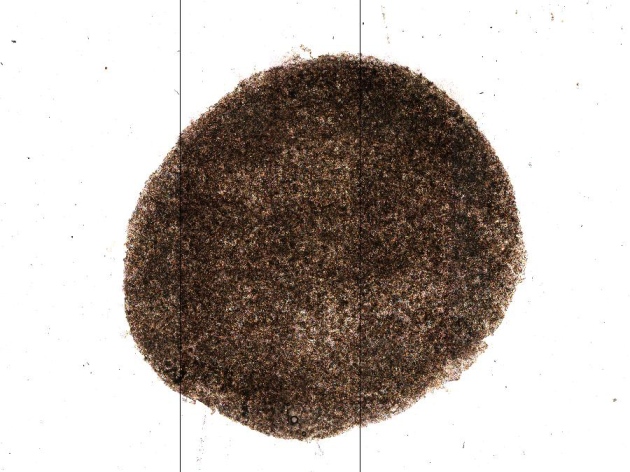A Japanese woman in her 70s is the world’s first recipient of cells derived from induced pluripotent stem cells, a technology that has created great expectations since it could offer the same advantages as embryo-derived cells but without some of the controversial aspects and safety concerns.
In a two-hour procedure starting at 14:20 local time today, a team of three eye specialists lead by Yasuo Kurimoto of the Kobe City Medical Center General Hospital, transplanted a 1.3 by 3.0 millimetre sheet of retinal pigment epithelium cells into an eye of the Hyogo prefecture resident, who suffers from age-related macular degeneration.
The procedure took place at the Institute of Biomedical Research and Innovation Hospital, next to the RIKEN Center for Developmental Biology (CDB) where ophthalmologist Masayo Takahashi had developed and tested the epithelium sheets. She derived them from the patient’s skin cells, after producing induced pluripotent stem (iPS) cells and then getting them to differentiate into retinal cells.
Afterwards, the patient experienced no effusive bleeding or other serious problems, RIKEN has reported.
The patient “took on all the risk that go with the treatment as well as the surgery”, Kurimoto said in a statement released by RIKEN. “I have deep respect for bravery she showed in resolving to go through with it.”
He hit a somber note in thanking Yoshiki Sasai, a CDB researcher who recenty committed suicide. “This project could not have existed without the late Yoshiki Sasai’s research, which led the way to differentiating retinal tissue from stem cells.”
Kurimoto also thanked Shinya Yamanaka, a stem-cell scientist at Kyoto University “without whose discovery of iPS cells, this clinical research would not be possible.” Yamanaka shared the 2012 Nobel Prize in Physiology or Medicine for that work.
Kurimoto performed the procedure a mere four days after a health-ministry committee gave Takahashi clearance for the human trials (see ‘Next-generation stem cells cleared for human trial‘).
To earn that, Takahashi and her collaborators had done safety studies in both monkeys and mice. The animal tests found that iPS cells were not rejected and did not lead to the growth of tumours (see ‘Stem cells cruise to clinic‘).
Age-related macular degeneration results from the breakdown of retinal epithelium, a layer of cells that support photoreceptors needed for vision. The procedure Kurimoto performed is unlikely to restore his patient’s vision. However, researchers around the world will be watching closely to see whether the cells are able to check the further destruction of the retina while avoiding potential side-effects, such as bringing about an immune reaction or inducing cancerous growth.
“We’ve taken a momentous first step toward regenerative medicine using iPS cells,” Takahashi said in a statement. “With this as a starting point, I definitely want to bring [iPS cell-based regenerative medicine] to as many people as possible.”







